Quiz: How Much Do You Know About Hydrogen and Fuel Cells?
Hydrogen and fuel cells are playing a growing role in our economy—with the potential for even more! But how much do you know about them? Test your knowledge with this quiz!
1. How much of the mass of the known universe is made up of hydrogen?

Hydrogen is the most abundant element in the universe. About 75 percent of all matter is composed of hydrogen.
2. Approximately how much hydrogen is produced in the United States every year?

Hydrogen is widely used in several industrial and chemical processes today. In the United States, approximately 10 million metric tons of hydrogen are produced every year, most of which is used for petroleum refining and fertilizer (ammonia) production. Most of this hydrogen is produced from natural gas (without carbon capture and sequestration), and if we can replace this with hydrogen produced from renewables, nuclear power, or natural gas with carbon sequestration we’ll significantly address these industrial sectors, while helping to grow hydrogen production capacity and expand the necessary infrastructure. Reducing the cost of producing, delivering, and storing hydrogen is a priority that will help facilitate its widespread adoption across multiple applications.
3. What are two common ways to produce hydrogen today?
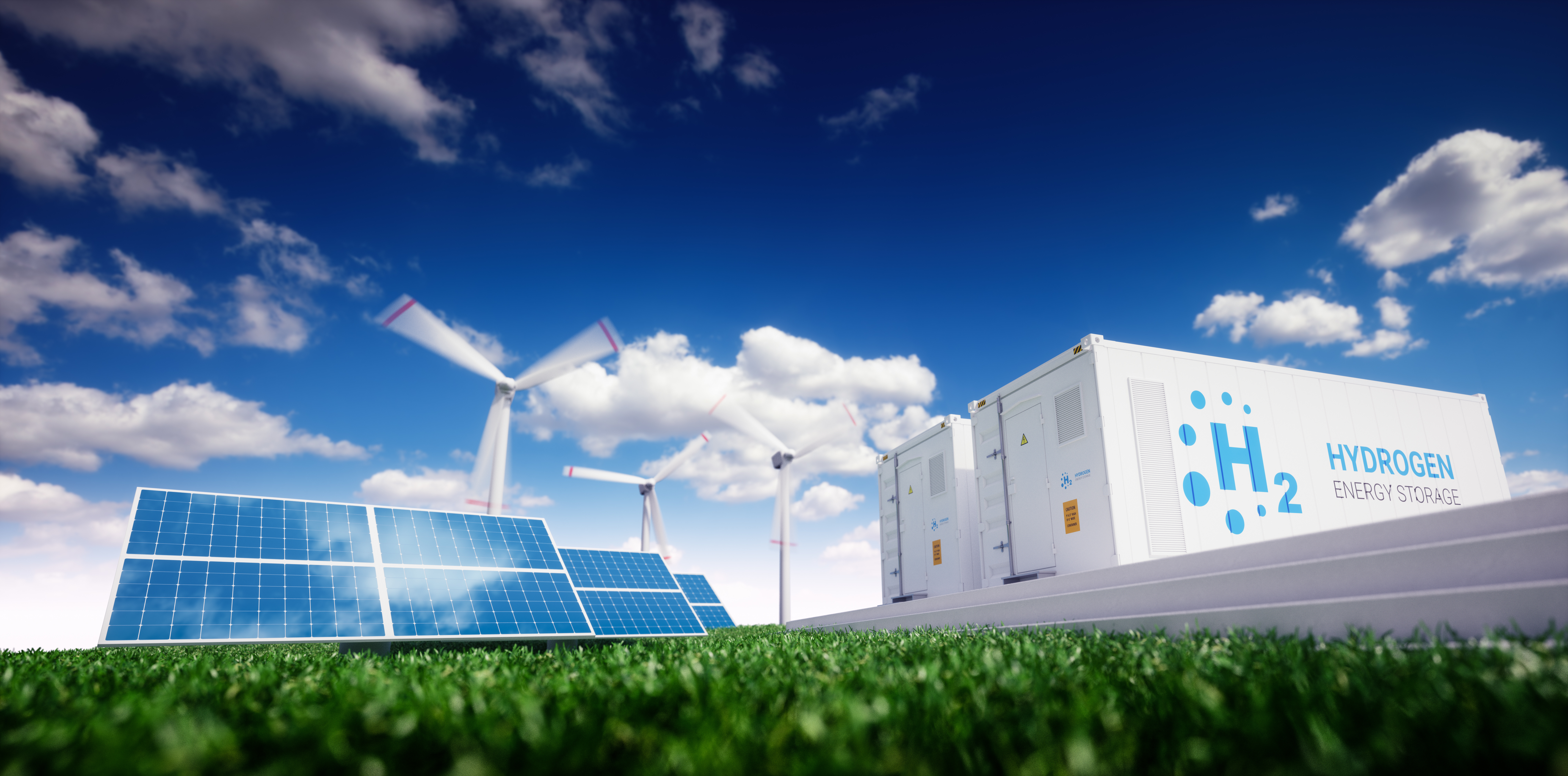
There is very little pure hydrogen gas in the Earth's atmosphere, so hydrogen must be produced by extracting it from available compounds, such as water or hydrocarbons (e.g., natural gas or biomass). Two common ways to produce hydrogen are steam reforming of natural gas and electrolysis, which uses electricity to split water.
4. How do you refuel a hydrogen fuel cell electric vehicle?
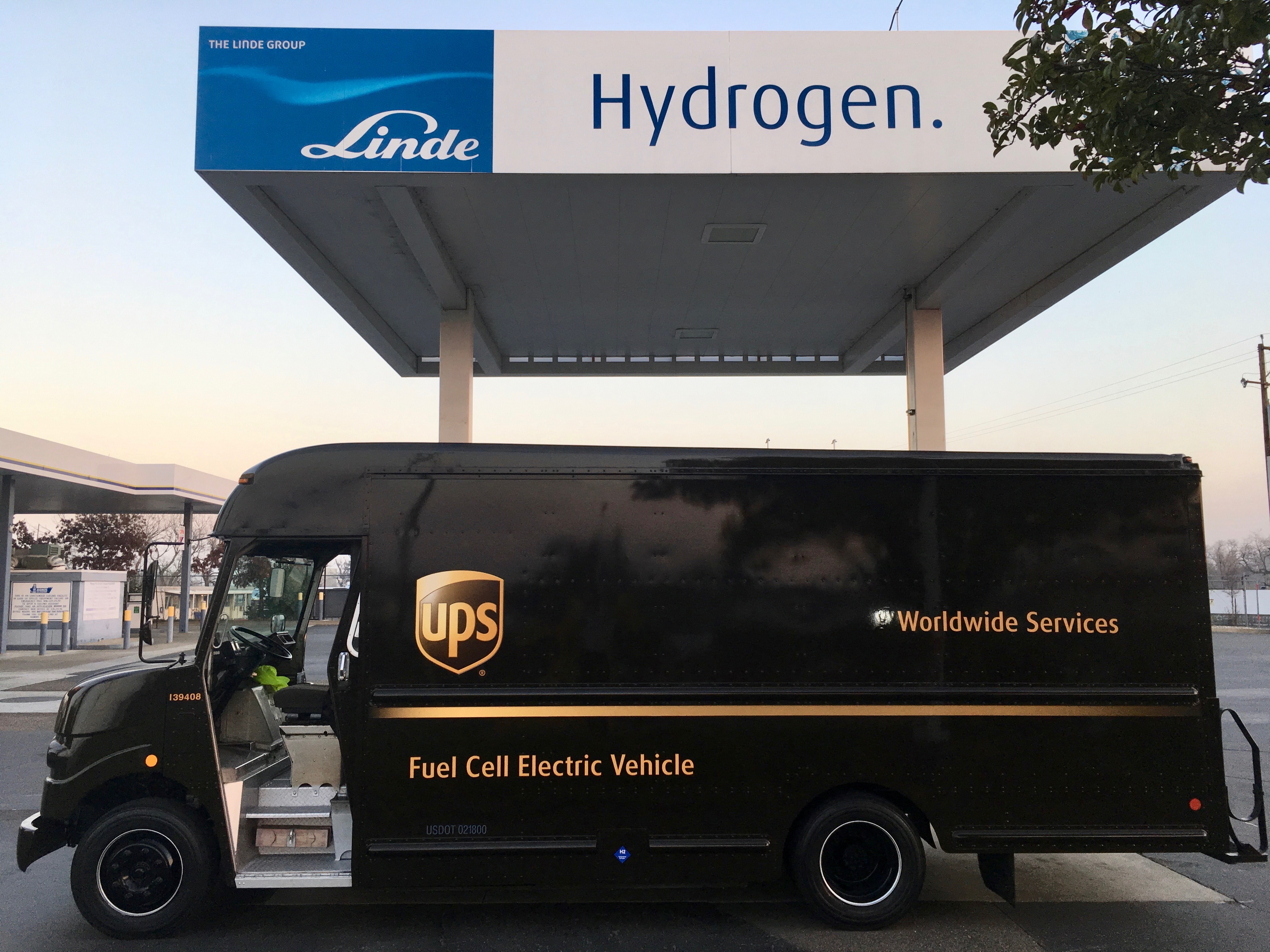
Using fuel cells powered by hydrogen is an option for transportation applications (e.g., heavy-duty vehicles). To refill a fuel cell electric vehicle, you pump hydrogen gas from a hydrogen fueling station directly into the tank. Fuel cell electric vehicles have long driving ranges on a single fill of hydrogen and they can be refueled almost as quickly as conventional gasoline- or diesel-powered vehicles.
5. How do fuel cells generate electricity from hydrogen?

Much like a battery, a fuel cell produces electricity through electrochemical reactions, which generate electricity from hydrogen and air without any combustion. Unlike batteries, fuel cells don't need to be recharged and can continuously provide electricity as long as there's a constant source of hydrogen and oxygen.
6. When hydrogen is used in a fuel cell to create electricity, what is emitted?
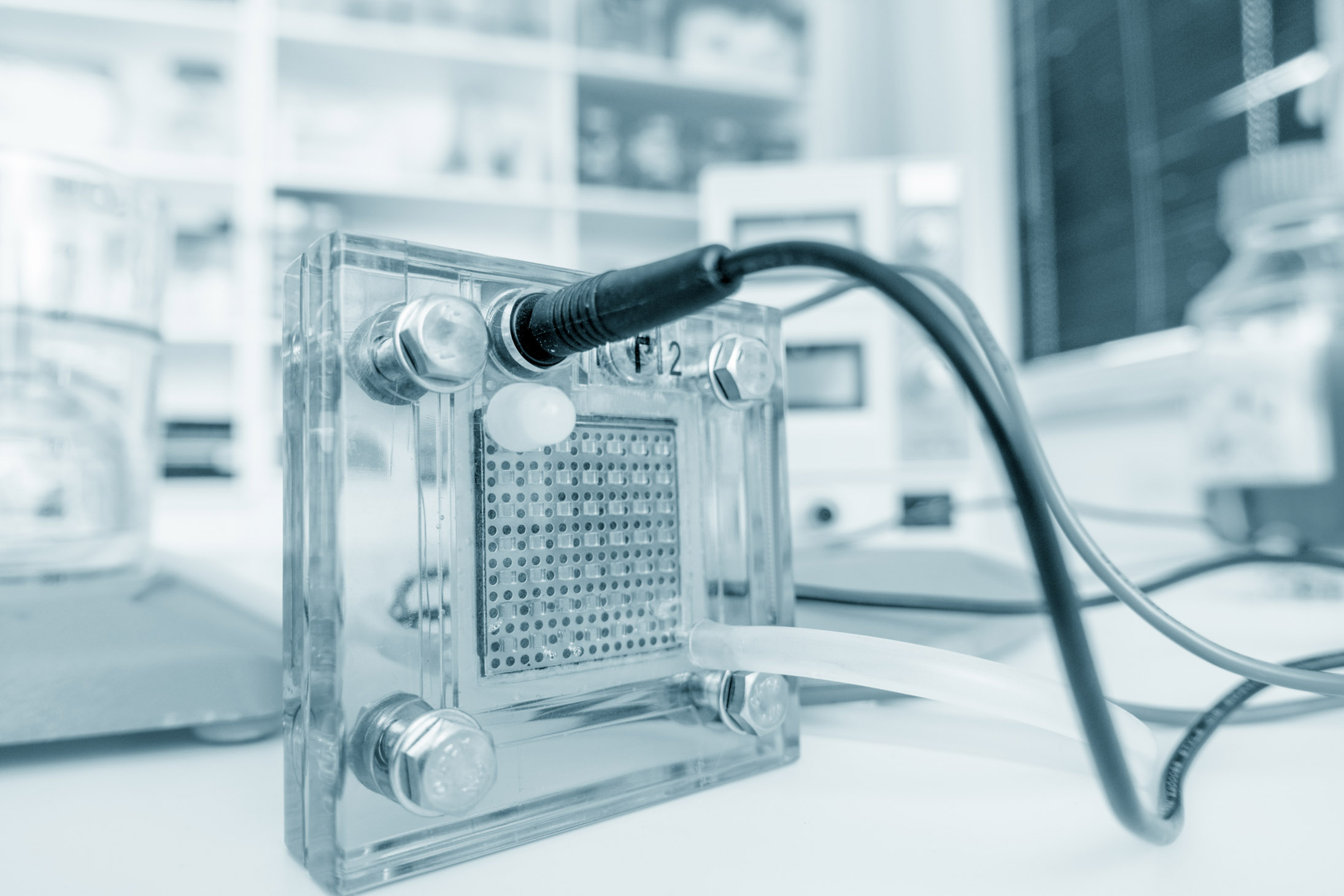
A fuel cell generating electricity from hydrogen and air emits only water, while also producing some heat. Proton exchange membrane (PEM) fuel cells are a common type of fuel cell being used in hydrogen-powered vehicles today. In these, hydrogen enters one side of the fuel cell, and oxygen enters the other. Hydrogen ions pass through a membrane and react with the oxygen on the other side to form H2O (water) and create electricity.
7. When was the fuel cell invented?

Welsh scientist Sir William Robert Grove is credited for inventing fuel cells in 1839. However, the technology wasn't used commercially until the 1960s.
8. How do you boost the amount of electricity a fuel cell system produces?
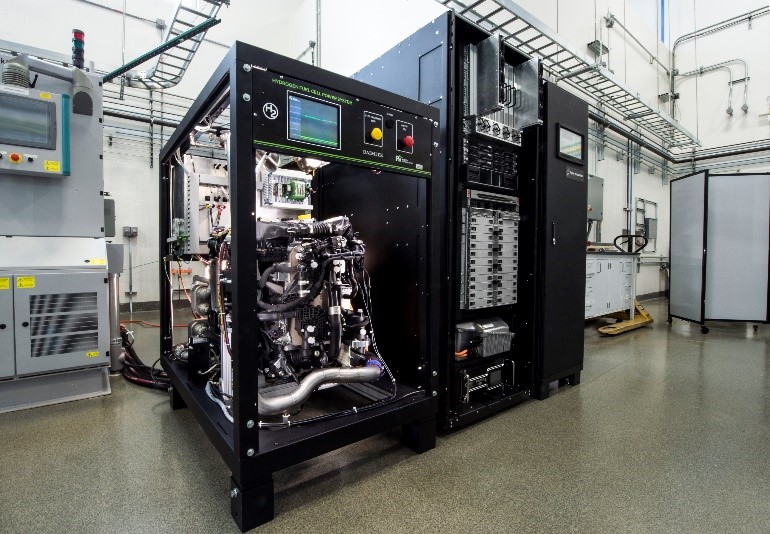
A single fuel cell typically produces electricity at approximately 1 volt or less — barely enough to power most applications. To increase the voltage and the amount of electricity generated, individual cells are combined in series to form a "fuel cell stack." Depending on the application, a fuel cell stack may contain only a few or as many as hundreds of individual cells layered together. This "scalability" makes fuel cells ideal for a wide variety of applications, from portable devices (50-100 Watts) to homes (1-5 kilowatts [kW]); cars, buses, and trucks (50-400 kW); and stationary power generation (1-200 megawatts [MW] or more).
9. When were hydrogen fuel cells first used in space?

NASA first used fuel cells in 1965 to power onboard electronics during the Gemini 5 mission, which broke the world's manned spaceflight endurance record. The Gemini fuel cells used hydrogen and oxygen (stored onboard in liquid form) not only to provide power, but also water for astronauts. The technology improved and was used on all subsequent manned space missions including the Apollo and Space Shuttle programs.
10. Which state has the most hydrogen fueling stations?

There are more than 50 public retail hydrogen fueling stations up and running in California, with another 38 in the planning process. The State of California is aiming for 200 hydrogen fueling stations by 2025. Use EERE's Alternative Fueling Station Locator to find stations in the United States and Canada.
11. Electrolyzers produce hydrogen using electricity to split water into hydrogen and oxygen. In May 2023, there were approximately 3.7 gigawatts of electrolyzers planned or installed in the United States. Can you guess what the approximate planned and installed capacity of electrolyzers was just one year later?
4.5 gigawatts. As of May 2024, there were more than 4.5 GW of planned or installed electrolyzers in the United States, an increase of approximately 20% from the previous year. Current installed capacity is approximately 116 MW, with another approximately 657 MW under construction and 3.8 GW planned with firm commitments. Capacities for each of the planned installation projects ranges from 120 kW to 1.6 GW. A 1-MW PEM electrolyzer can produce roughly 150,000 to 200,000 kg of hydrogen per year, when operated at full capacity (one kg of hydrogen has approximately the same energy content as a gallon of gasoline).
12. What is the target for the amount of hydrogen the United States aims to produce by 2050?
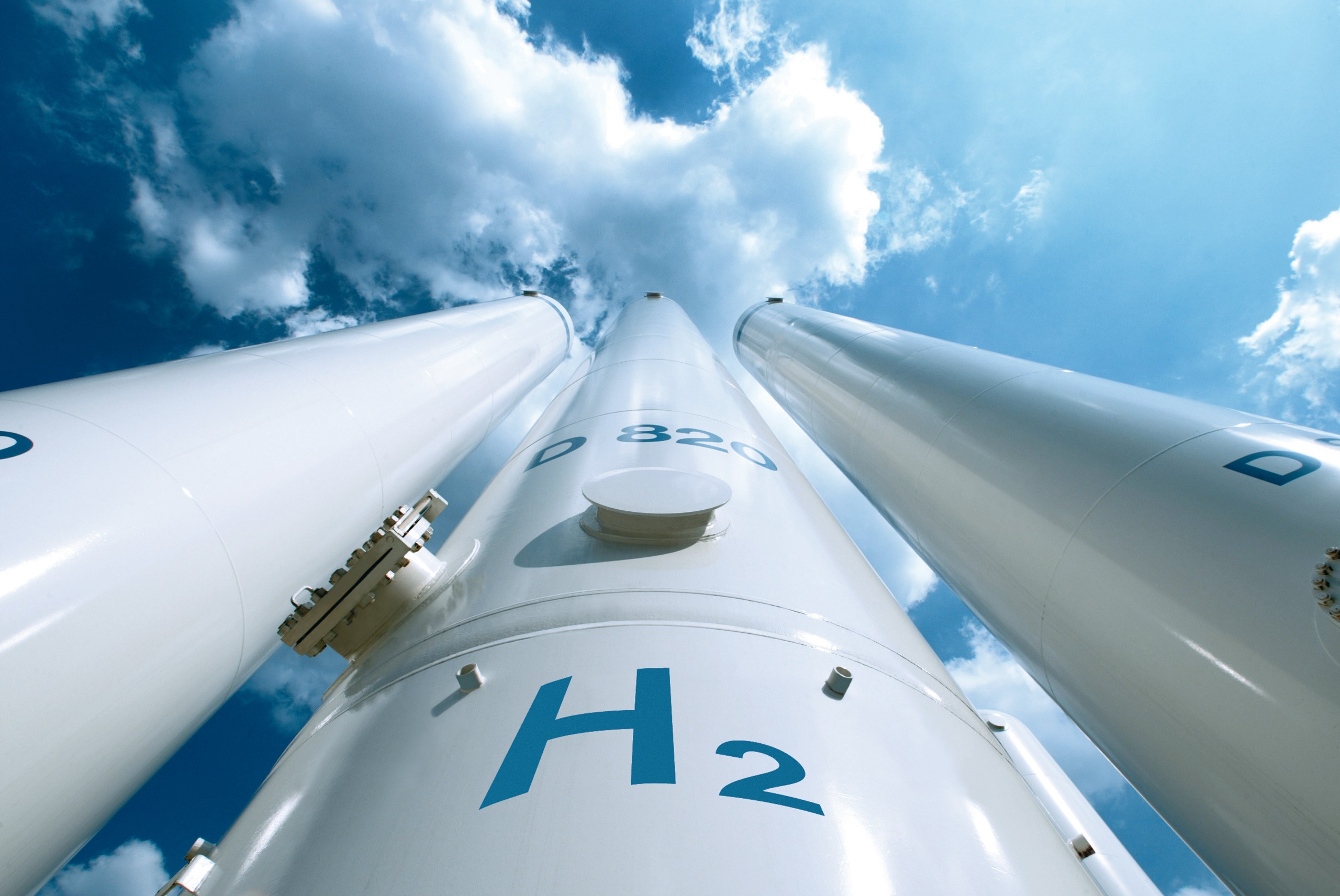
As required by the Infrastructure Investment and Jobs Act, DOE released a National Hydrogen Strategy and Roadmap. This document identifies strategic opportunities for the production of 10 million metric tonnes (MMT) of hydrogen in the United States annually by 2030, 20 MMT annually by 2040, and 50 MMT annually by 2050. A number of other countries have also developed national strategies and goals for hydrogen—and this number continues to grow.
Your Score:

